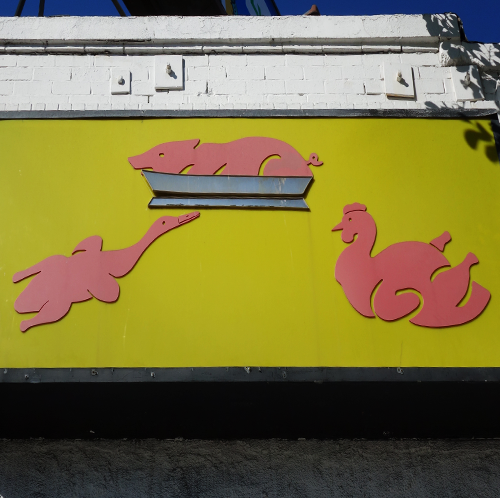
The oldest house in Los Angeles has survived against all odds
The city of Los Angeles wasn't even supposed to exist. The southern west coast of the United States was a barren wasteland lacking water and transportation. But of course, with the help of innovative minds and financial backing it came to life, and has evolved quite extensively throughout its history. The tale of Los Angeles' oldest house just so happens to hold much in common with the origins of its hometown.
There's a lot that can be learned about Los Angeles from the history of the Avila Adobe - LA's oldest house. The two histories tend to go hand in hand as a story of land getting passed through the generations to multiple ethnicities, who took their respective power and left their own unique touch on the area. While Los Angeles shouldn't have existed in the first place, the unusual thing about the Avila Adobe is not that it came to be, but that it still exists today.
Built in 1818, as a part of El Pueblo de la Reina de Los Angeles, the Avila Adobe was home to a ranchero family, amidst a time when ranchers dominated the town. Francisco Avila was the head of household and a native of Sinaloa, Mexico. Prior to the building of the Adobe, he became mayor of Los Angeles in 1810, according to the Avila Adobe Museum.
The next approximate century saw the Avila Adobe take on many forms. These forms included a hotel, a housing lodging - slightly different - and a temporary home for US troops and Commodore Robert F. Stockton.
"When there was the Mexican-American war, this was actually one of the Americans, one of their headquarters for a while, so it's very significant because it's not only Mexican but it's also American," said Angeliz.
Still, at the end of the day, much of the first century of its existence was spent vacant and unattended. The Avila Adobe had now been through Mexican, Spanish and American control and it was as clear as day that it was withering. There was no telling if it could stand the test of time.
As the 1920's started encroaching on the 1930's, Los Angeles began neglecting the area where the Adobe stood, leaving it unwatched and unsanitary. It needed an upgrade and no help beckoned. Well that was before one woman would intervene to revive the Avila Adobe and its surrounding area.
"In 1930, Christine Sterling - the one that made up Olvera Street - because of her we have the Avila Adobe. She was the one that actually saved it because it was about to get demolished. Because of her they ended up stopping it and then they ended up making it a museum," said Avila Adobe tour guide Angeliz.


